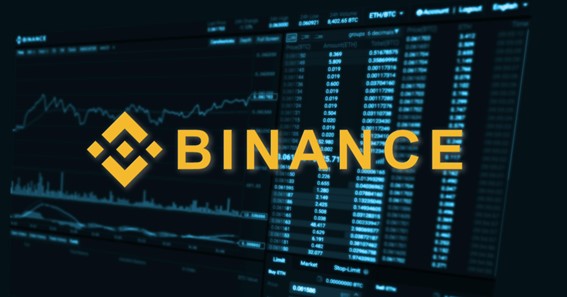Margin trading is a type of asset trading in which funds are provided by a third party (as a loan). In other words, the margin is the collateral required when using leverage (more on that later).
It works very simply: the amount is frozen in your trading account until the position is closed. These funds serve as a guarantee that the trader will settle his obligations. If you are a future trader, you can significantly increase your capital thanks to margin trading. Bitcoin360ai reports that if an investment broker provides the loan, there are also cases of funds being provided by other traders who receive their percentage depending on the market demand for margin funds.
And now let’s move on to the concept of “leverage”. This is an interest-free loan that you get from a broker for large trades. How to calculate it? This is the ratio between the trader’s personal funds and the borrowed money from the broker. Margin trading with leverage allows you to increase trading results and is popular in low volatility markets, especially Forex.
A simple example: to open a deal for $100,000 with leverage of 1:10, a trader needs to allocate $10,000 of his capital.
For buying/selling cryptocurrencies, we recommend:
Binance
The world’s largest crypto exchange with a huge selection of cryptocurrencies
Each platform and market has its own rules and leverage rates. In stocks, a typical ratio is 1:2, while futures contracts often trade with a leverage of 1:15. Forex brokers, for example, use margin deals with a ratio of 1:50 or even 1:100 and 1:200.
Unlike the traditional one, in the cryptocurrency market, funds for margin trading can be provided by other exchange users who receive interest based on the demand for margin funds. Margin trading applies both to trading pairs (such as altcoins and bitcoin) and individual cryptocurrencies (exchanged with fiat), as well as to various assets related to cryptocurrency tokens, such as futures. Margin trading with cryptocurrencies is considered riskier than traditional trading.
Click here – Buy Best Medical Insurance Plans for Your Parents in India
Advantages and risks of margin trading
Despite the risks, margin trading has a number of advantages:
— the possibility of increasing profit due to higher relative value of trading positions;
— profile diversification: traders can open several positions at once with small amounts of investment capital;
— availability of a special margin account: it helps to quickly transfer large sums of money to your accounts.
These are the main advantages that you should know about. But you should be aware that the field of margin trading also has its disadvantages. Among them, the biggest is the risk of losses, which every trader should be prepared for. You can lose much more than you initially invested.
We recommend everyone who chooses margin trading to use Binance, the largest crypto exchange in the world by trading volume. It is she who provides favorable conditions for this type of trade.
What Binance offers:
- Wide selection of margin trading pairs (600+)
- The best trading commission on the market
For buying/selling cryptocurrencies, we recommend:
Binance
The world’s largest crypto exchange with a huge selection of cryptocurrencies
- High liquidity due to a large volume of trades
- Clear and convenient interface
- Reliability and security (high level of personal data protection)
Visit here to know about spread trading.
Margin trading on Binance allows users to borrow funds on the platform and calculates the interest rate of the loan for the next hour. This is the Binance margin account interest rate. The formula for calculation is as follows: I (rate) = P (borrowed money) * R (daily interest 0.02% / 24) * T (in hours).
For buying/selling cryptocurrencies, we recommend:
Binance
The world’s largest crypto exchange with a huge selection of cryptocurrencies
Users must later return the borrowed funds. Traders should ensure that their assets are sufficient to avoid liquidation (cancellation of all open orders). If your balance is liquidated by force (this will happen if your margin balance falls below the maintenance margin level) and not by a user order, then you will only be required to pay the liquidation fee on the liquidated amount.
Click here – Learn Simplification & Approximation Under Data interpretation
